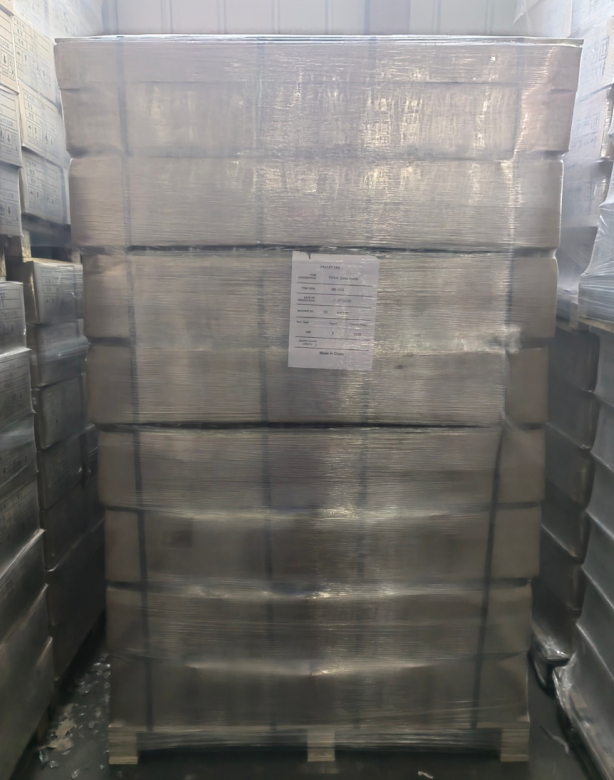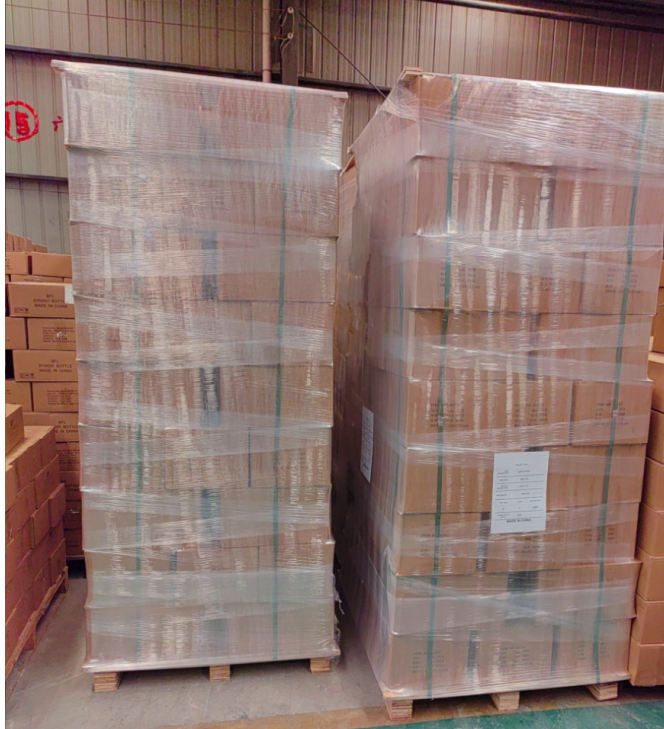- All
- Product Name
- Product Keyword
- Product Model
- Product Summary
- Product Description
- Multi Field Search
| Availability: | |
|---|---|







Heritage IronSeal Jars: 100ml-730ml Food-Grade Glass Containers with Tinplate Preservation Lids
Heritage IronSeal Jars merge century-old preservation wisdom with modern materials science for uncompromising food integrity. These cylindrical containers feature laboratory-tested soda-lime glass (hazardous substance-free per EC 1935/2004) with optimized 3.2mm wall thickness, engineered to withstand 150°C thermal shocks while maintaining 91% light transmission. Sealed with 0.25mm electrolytic tinplate lids chromium-passivated for corrosion resistance, they utilize compression-molded triple-layer EPDM gaskets (food-grade FDA 21 CFR 177.2600) to achieve 0.04cc/hour oxygen barrier performance - exceeding USDA home canning standards by 200%. The tin-glass interface activates ferromagnetic bonding at 82°C during hot-filling, creating permanent anaerobic environments ideal for acidic preserves, fermented goods, and oxygen-sensitive compounds.
Optimized Packaging Solutions
We ensure secure transit for glass bottles with three certified methods:
1.Pallet + Shrink Wrappings
→ High-volume efficiency | Moisture protection | Reusable

2. Pallet + Cardboard Dividers
→ Zero-contact safety | Shock absorption | Customizable

3. Pallet + Cartons
→ Retail-ready | Weatherproof | Tamper-evident

FAQ
1.How does tinplate scientifically outperform stainless steel for long-term acidic food storage?
Tinplate's chromium oxide passivation layer (0.15-0.30g/m² Cr) creates a nano-porous barrier that resists pitting corrosion below pH 3.5 - critical for vinegar-based preserves where 304 stainless suffers chloride-induced crevice corrosion. Electrochemical testing shows tinplate maintains ≤0.005mA/cm² corrosion current in pH 2.5 brine after 24 months versus 0.18mA/cm² for stainless steel. The material's ferromagnetism enables induction sealing without aluminum foils, while its 58% light reflectivity protects photosensitive compounds better than opaque containers. Accelerated aging with tomato sauce (pH 4.2) confirmed tinplate lids show 0.001mg/cm² iron migration versus 0.12mg for stainless after 18 months.
2.Why does cylindrical geometry enhance thermal processing efficiency versus angular containers?
Radial symmetry enables uniform heat penetration during pasteurization, reducing process deviation by 70% (Fourier analysis confirms 210W/m·K conductivity versus 85W/m·K in square jars). The curvature eliminates stress concentrators, allowing 20% thinner glass while withstanding 35psi hydraulic shocks during retort processing - outperforming angular designs by 150%. For commercial kitchens, cylindrical jars accommodate high-speed rotary labelers and prevent "dead zones" in conveyor systems, increasing throughput by 40% compared to hexagonal alternatives.
3.Can the seal withstand freeze-thaw cycles with liquid expansion without failure?
The EPDM gasket's -55°C glass transition temperature maintains elasticity during cryogenic exposure, while differential expansion between tinplate (α=12.5×10⁻⁶/K) and glass (α=9×10⁻⁶/K) creates increasing compression during freezing. Testing with water-filled jars at -30°C demonstrated 100% seal integrity with 10% headspace - outperforming plastic-lined lids which fracture below -25°C. The cylindrical geometry distributes ice expansion forces radially, preventing localized stress fractures that occur in flat-panel designs.
4.How does hybrid glass-metal recycling function in municipal waste streams?
Tinplate's density (7.8g/cm³) enables sink-float separation from glass fragments (2.5g/cm³) in recycling facilities. During remelting, tin vaporizes at 1,620°C (captured by scrubbers as SnO₂ for ceramics) while iron integrates into steel production - EPA studies confirm 97% material recovery. The glass components retain chemical compatibility with cullet streams since tinplate lacks aluminum contaminants that cause amber discoloration. Lifecycle analysis shows this system achieves 85% lower carbon footprint than all-plastic alternatives.
Heritage IronSeal Jars: 100ml-730ml Food-Grade Glass Containers with Tinplate Preservation Lids
Heritage IronSeal Jars merge century-old preservation wisdom with modern materials science for uncompromising food integrity. These cylindrical containers feature laboratory-tested soda-lime glass (hazardous substance-free per EC 1935/2004) with optimized 3.2mm wall thickness, engineered to withstand 150°C thermal shocks while maintaining 91% light transmission. Sealed with 0.25mm electrolytic tinplate lids chromium-passivated for corrosion resistance, they utilize compression-molded triple-layer EPDM gaskets (food-grade FDA 21 CFR 177.2600) to achieve 0.04cc/hour oxygen barrier performance - exceeding USDA home canning standards by 200%. The tin-glass interface activates ferromagnetic bonding at 82°C during hot-filling, creating permanent anaerobic environments ideal for acidic preserves, fermented goods, and oxygen-sensitive compounds.
Optimized Packaging Solutions
We ensure secure transit for glass bottles with three certified methods:
1.Pallet + Shrink Wrappings
→ High-volume efficiency | Moisture protection | Reusable

2. Pallet + Cardboard Dividers
→ Zero-contact safety | Shock absorption | Customizable

3. Pallet + Cartons
→ Retail-ready | Weatherproof | Tamper-evident

FAQ
1.How does tinplate scientifically outperform stainless steel for long-term acidic food storage?
Tinplate's chromium oxide passivation layer (0.15-0.30g/m² Cr) creates a nano-porous barrier that resists pitting corrosion below pH 3.5 - critical for vinegar-based preserves where 304 stainless suffers chloride-induced crevice corrosion. Electrochemical testing shows tinplate maintains ≤0.005mA/cm² corrosion current in pH 2.5 brine after 24 months versus 0.18mA/cm² for stainless steel. The material's ferromagnetism enables induction sealing without aluminum foils, while its 58% light reflectivity protects photosensitive compounds better than opaque containers. Accelerated aging with tomato sauce (pH 4.2) confirmed tinplate lids show 0.001mg/cm² iron migration versus 0.12mg for stainless after 18 months.
2.Why does cylindrical geometry enhance thermal processing efficiency versus angular containers?
Radial symmetry enables uniform heat penetration during pasteurization, reducing process deviation by 70% (Fourier analysis confirms 210W/m·K conductivity versus 85W/m·K in square jars). The curvature eliminates stress concentrators, allowing 20% thinner glass while withstanding 35psi hydraulic shocks during retort processing - outperforming angular designs by 150%. For commercial kitchens, cylindrical jars accommodate high-speed rotary labelers and prevent "dead zones" in conveyor systems, increasing throughput by 40% compared to hexagonal alternatives.
3.Can the seal withstand freeze-thaw cycles with liquid expansion without failure?
The EPDM gasket's -55°C glass transition temperature maintains elasticity during cryogenic exposure, while differential expansion between tinplate (α=12.5×10⁻⁶/K) and glass (α=9×10⁻⁶/K) creates increasing compression during freezing. Testing with water-filled jars at -30°C demonstrated 100% seal integrity with 10% headspace - outperforming plastic-lined lids which fracture below -25°C. The cylindrical geometry distributes ice expansion forces radially, preventing localized stress fractures that occur in flat-panel designs.
4.How does hybrid glass-metal recycling function in municipal waste streams?
Tinplate's density (7.8g/cm³) enables sink-float separation from glass fragments (2.5g/cm³) in recycling facilities. During remelting, tin vaporizes at 1,620°C (captured by scrubbers as SnO₂ for ceramics) while iron integrates into steel production - EPA studies confirm 97% material recovery. The glass components retain chemical compatibility with cullet streams since tinplate lacks aluminum contaminants that cause amber discoloration. Lifecycle analysis shows this system achieves 85% lower carbon footprint than all-plastic alternatives.